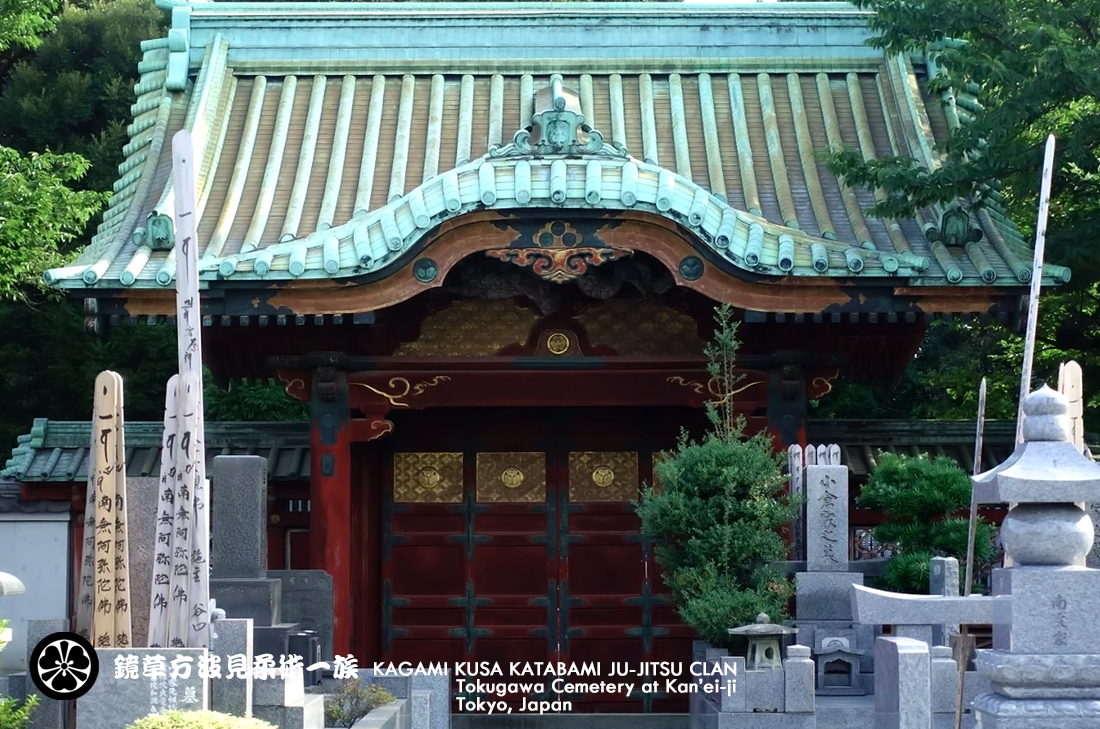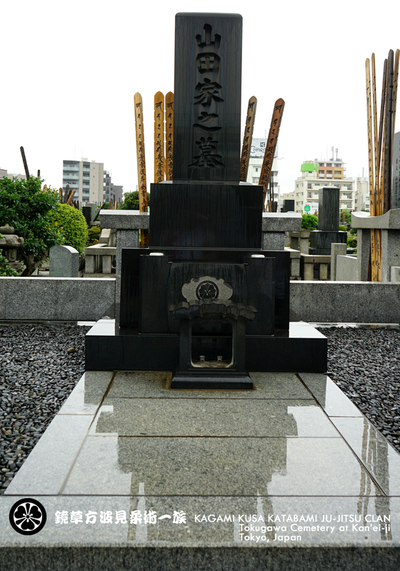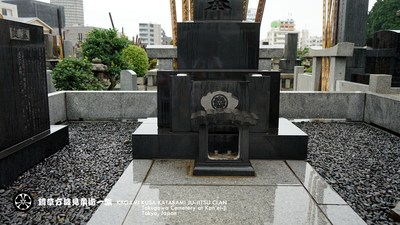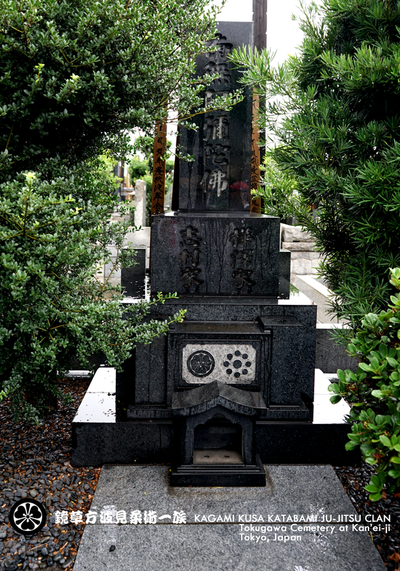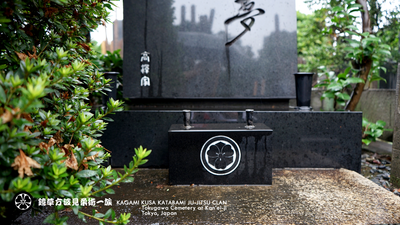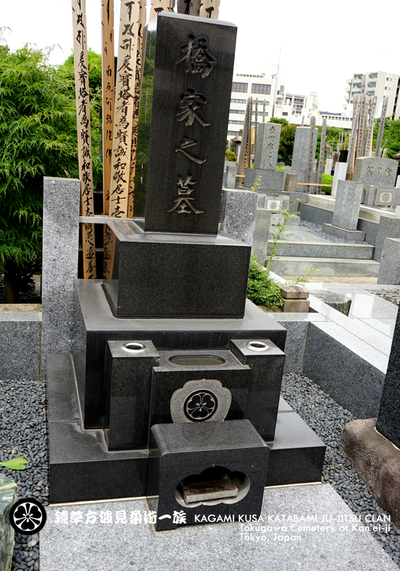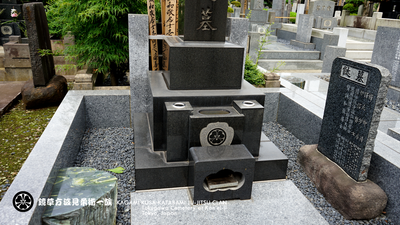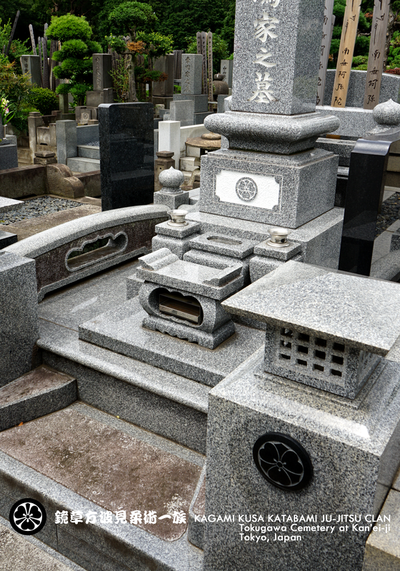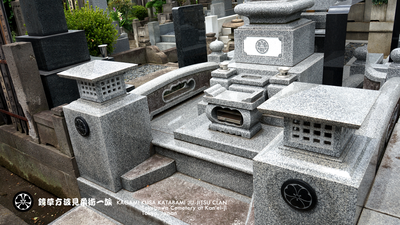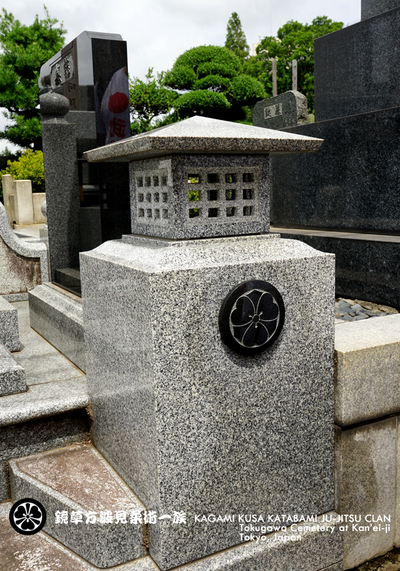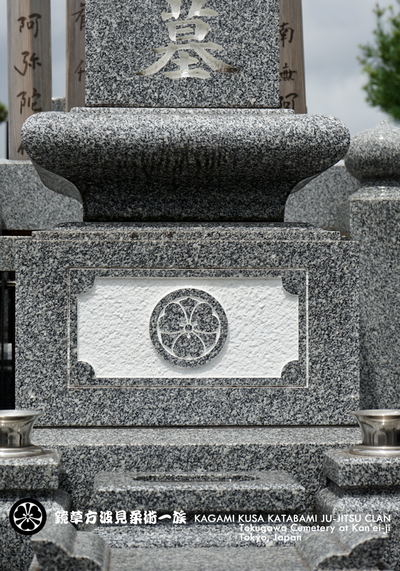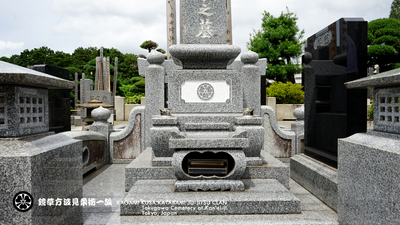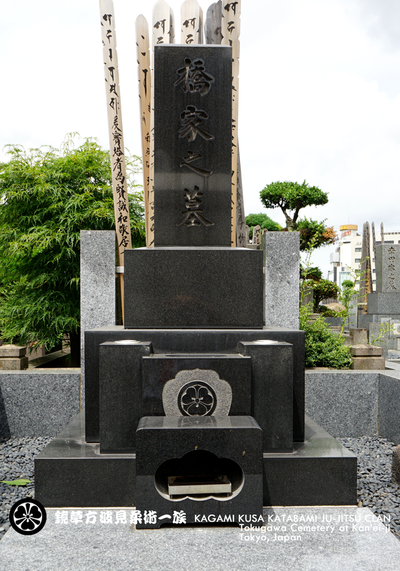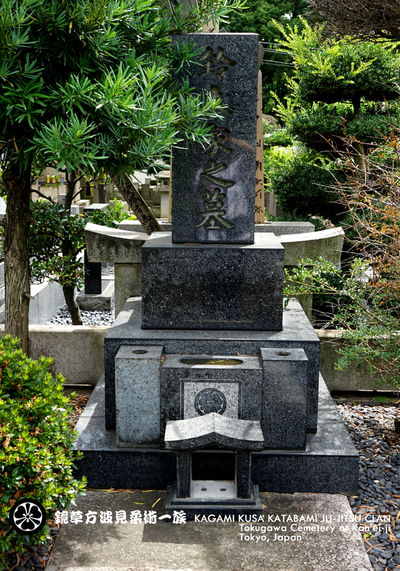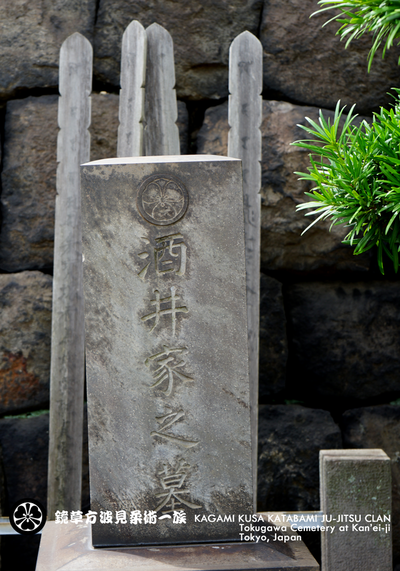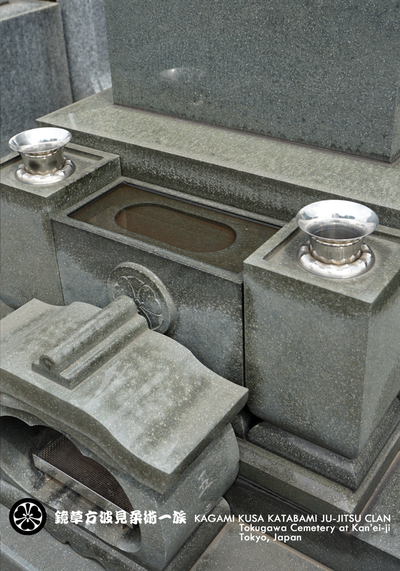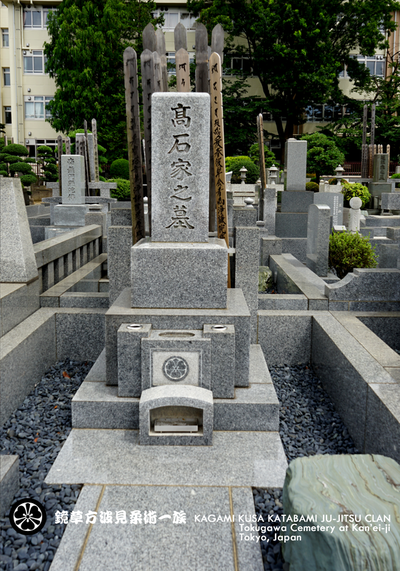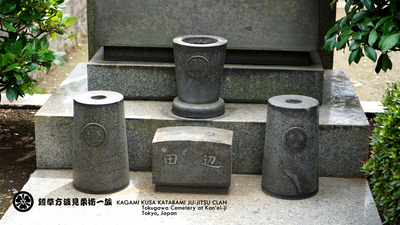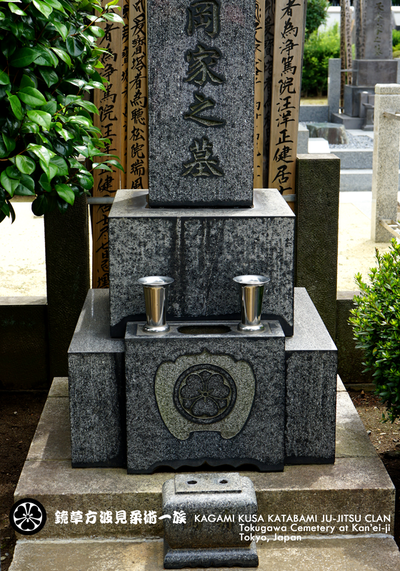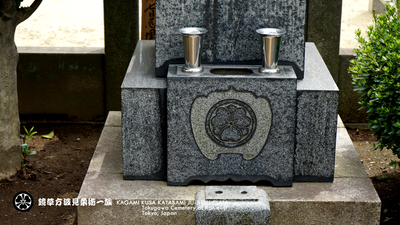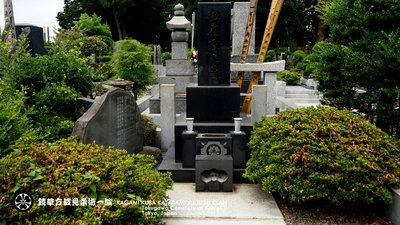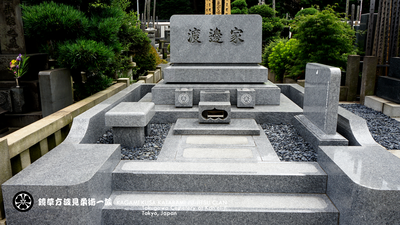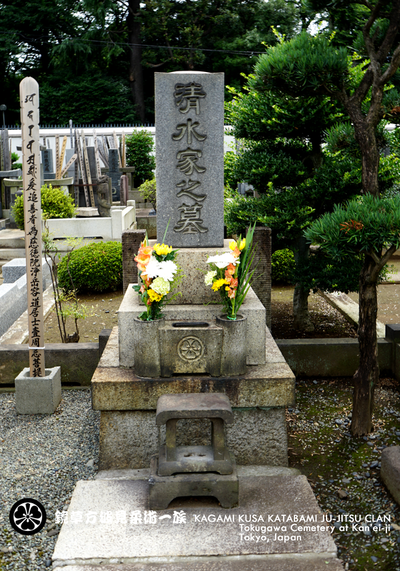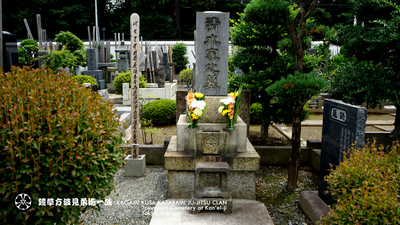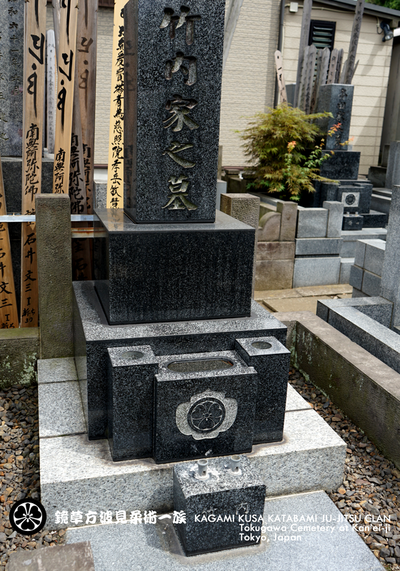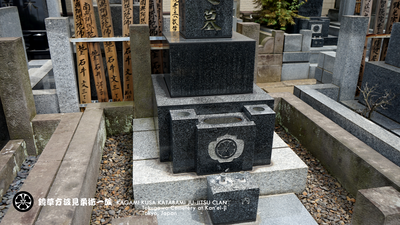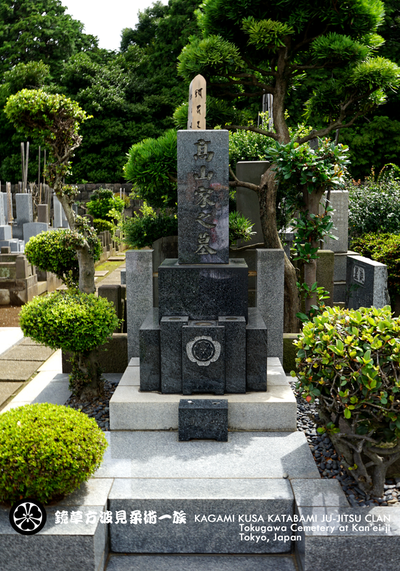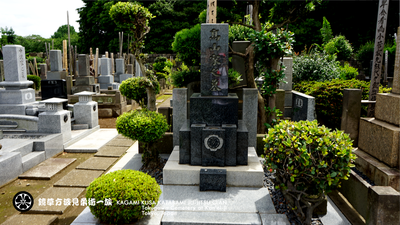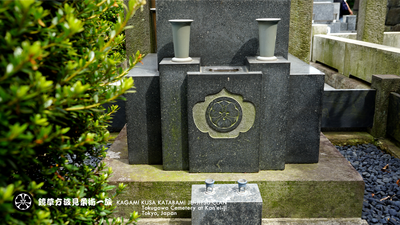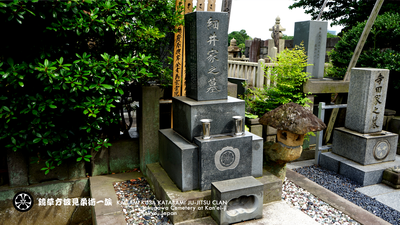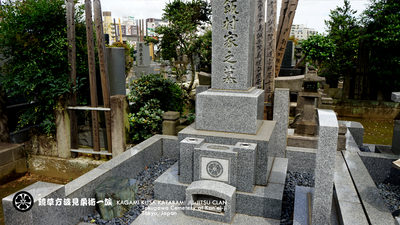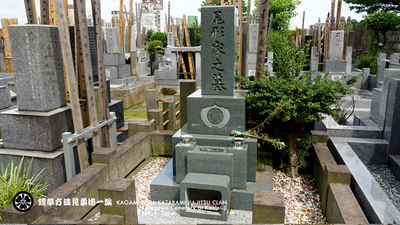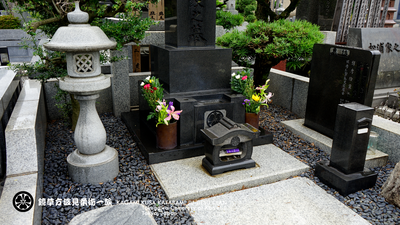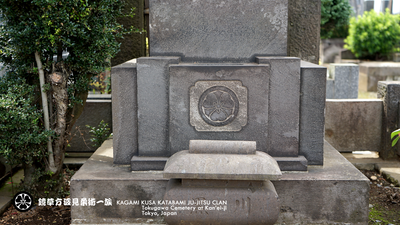Tokugawa SHOGUNATE |
徳川幕府 |
The Tokugawa shogunate, also known as the Tokugawa bakufu (徳川幕府) and the Edo bakufu (江戸幕府), was the last feudal Japanese military government, which existed between 1600 and 1868. The head of government was the shogun, and each was a member of the Tokugawa clan.
The Tokugawa shogunate ruled from Edo Castle and the years of the shogunate became known as the Edo period.
This time is also called the Tokugawa period or pre-modern (Kinsei (近世))
Society in the Tokugawa period, unlike in previous shogunates, was supposedly based on the strict class hierarchy originally established by Toyotomi Hideyoshi. The daimyo (lords) were at the top, followed by the warrior-caste of samurai, with the farmers, artisans, and traders ranking below. In some parts of the country, particularly smaller regions, daimyo and samurai were more or less identical, since daimyo might be trained as samurai, and samurai might act as local rulers.
- The Tokugawa clan (徳川氏、德川氏 Tokugawa-shi or Tokugawa-uji) was a powerful daimyo family of Japan. They nominally descended from Emperor Seiwa (850–880) and were a branch of the Minamoto clan (Seiwa Genji) by the Nitta clan. The early history of this clan remains a mystery. Members of the clan ruled Japan as shoguns from 1603 to 1867.
The Tokugawa shogunate ruled from Edo Castle and the years of the shogunate became known as the Edo period.
This time is also called the Tokugawa period or pre-modern (Kinsei (近世))
Society in the Tokugawa period, unlike in previous shogunates, was supposedly based on the strict class hierarchy originally established by Toyotomi Hideyoshi. The daimyo (lords) were at the top, followed by the warrior-caste of samurai, with the farmers, artisans, and traders ranking below. In some parts of the country, particularly smaller regions, daimyo and samurai were more or less identical, since daimyo might be trained as samurai, and samurai might act as local rulers.
Retainers:
Clans:
Sakai clan
Abe clan of Mikawa Province
Gosankyo
Baba clan
Honda clan
Ii clan
Ishikawa clan
Okubo clan
Toda clan
Clans:
Sakai clan
Abe clan of Mikawa Province
Gosankyo
Baba clan
Honda clan
Ii clan
Ishikawa clan
Okubo clan
Toda clan
SAKAI CLAN
The Sakai clan were identified as one of the fudai or insider daimyo clans which were hereditary vassals or allies of the Tokugawa clan, in contrast with the tozama or outsider clans.
|
酒井 忠次 Sakai Tadatsugu of the Sakai clan
Sakai Tadatsugu (酒井 忠次, 1527 – 17 December 1596) was one of the most favored and most successful military commanders serving Tokugawa Ieyasu in the late-Sengoku period. He is regarded as one of the Four Guardians of the Tokugawa (Tokugawa-Shitennō) along with Honda Tadakatsu, Ii Naomasa, and Sakakibara Yasumasa. 四天王 Shitenno (Tokugawa clan) Four Guardians of the Tokugawa:
The sobriquet evolved from the "Four Heavenly Kings" of Buddhist iconography. These are said to be the guardians of the four horizons. The Four Heavenly Kings are four Buddhist gods, each of whom watches over one cardinal direction of the world. |
酒井忠嗣 Sakai Tadatsugu
(Eighteen Acts of Glory) 名誉十八番
"The British Museum collection" Date -1893
Warrior Sakai Tadatsugu beating a war drum at Hamamatsu Castle, after the Battle of Mikatagahara.
(Eighteen Acts of Glory) 名誉十八番
"The British Museum collection" Date -1893
Warrior Sakai Tadatsugu beating a war drum at Hamamatsu Castle, after the Battle of Mikatagahara.
Tokugawa Cemetery at Kan’ei-ji
Graves of the Tokugawa shoguns
徳川 家綱 Tokugawa Ietsuna
厳有院 Gen’yuin (Divine Prince of Strict Existence)
4th Shogun, Lord Tokugawa Ietsuna
Original Burial Site: Genyu-in
Modern Location: Tokugawa Cemetery at Kan’ei-ji, Tokyo, Japan
Tokugawa Ietsuna (徳川 家綱, September 7, 1641 – June 4, 1680) was the fourth shōgun of the Tokugawa dynasty of Japan who was in office from 1651 to 1680. He is considered the eldest son of Tokugawa Iemitsu, which makes him the grandson of Tokugawa Hidetada and the great-grandson of Tokugawa Ieyasu.
4th Shogun, Lord Tokugawa Ietsuna
Original Burial Site: Genyu-in
Modern Location: Tokugawa Cemetery at Kan’ei-ji, Tokyo, Japan
Tokugawa Ietsuna (徳川 家綱, September 7, 1641 – June 4, 1680) was the fourth shōgun of the Tokugawa dynasty of Japan who was in office from 1651 to 1680. He is considered the eldest son of Tokugawa Iemitsu, which makes him the grandson of Tokugawa Hidetada and the great-grandson of Tokugawa Ieyasu.
徳川 綱吉 Tokugawa Tsunayoshi
常憲院 Eikyuin (Divine Prince of the Eternal Law)
5th Shogun, Lord Tokugawa Tsunayoshi
Original Burial Site: Eikyu-in
Modern Location: Tokugawa Cemetery at Kan’ei-ji, Tokyo, Japan
Tokugawa Tsunayoshi (徳川 綱吉, February 23, 1646 – February 19, 1709) was the fifth shogun of the Tokugawa dynasty of Japan. He was the younger brother of Tokugawa Ietsuna, thus making him the son of Tokugawa Iemitsu, the grandson of Tokugawa Hidetada,
and the great-grandson of Tokugawa Ieyasu.
5th Shogun, Lord Tokugawa Tsunayoshi
Original Burial Site: Eikyu-in
Modern Location: Tokugawa Cemetery at Kan’ei-ji, Tokyo, Japan
Tokugawa Tsunayoshi (徳川 綱吉, February 23, 1646 – February 19, 1709) was the fifth shogun of the Tokugawa dynasty of Japan. He was the younger brother of Tokugawa Ietsuna, thus making him the son of Tokugawa Iemitsu, the grandson of Tokugawa Hidetada,
and the great-grandson of Tokugawa Ieyasu.
徳川 吉宗 Tokugawa Yoshimune
有徳院 Yutokuin (Divine Prince of Virtue & Riches)
8th Shogun, Lord Tokugawa Yoshimune
Original Burial Site: Eikyu-in
Modern Location: Tokugawa Cemetery at Kan’ei-ji, Tokyo, Japan
Tokugawa Yoshimune (徳川 吉宗, November 27, 1684 – July 12, 1751) was the eighth shogun of the Tokugawa shogunate of Japan,
ruling from 1716 until his abdication in 1745. He was the son of Tokugawa Mitsusada, the grandson of Tokugawa Yorinobu,
and the great-grandson of Tokugawa Ieyasu.
8th Shogun, Lord Tokugawa Yoshimune
Original Burial Site: Eikyu-in
Modern Location: Tokugawa Cemetery at Kan’ei-ji, Tokyo, Japan
Tokugawa Yoshimune (徳川 吉宗, November 27, 1684 – July 12, 1751) was the eighth shogun of the Tokugawa shogunate of Japan,
ruling from 1716 until his abdication in 1745. He was the son of Tokugawa Mitsusada, the grandson of Tokugawa Yorinobu,
and the great-grandson of Tokugawa Ieyasu.
徳川家治 Tokugawa Ieharu
浚明院 Shunmyoin (Divine Prince of Virtue & Riches)
10th Shogun, Lord Tokugawa Ieharu
Original Burial Site: Genyu-in
Modern Location: Tokugawa Cemetery at Kan’ei-ji, Tokyo, Japan
Tokugawa Ieharu (徳川家治) (June 20, 1737 – September 17, 1786) was the tenth shogun of the Tokugawa shogunate of Japan,
who held office from 1760 to 1786.
10th Shogun, Lord Tokugawa Ieharu
Original Burial Site: Genyu-in
Modern Location: Tokugawa Cemetery at Kan’ei-ji, Tokyo, Japan
Tokugawa Ieharu (徳川家治) (June 20, 1737 – September 17, 1786) was the tenth shogun of the Tokugawa shogunate of Japan,
who held office from 1760 to 1786.
徳川 家斉 Tokugawa Ienari
文恭院 Bunkyo-in (Divine Prince of Respectful Embellishment)
11th Shogun, Lord Tokugawa Ienari
Original Burial Site: Genyu-in
Modern Location: Tokugawa Cemetery at Kan’ei-ji, Tokyo, Japan
Tokugawa Ienari; 徳川 家斉 (November 18, 1773 – March 22, 1841) was the eleventh and longest-serving shōgun of the Tokugawa shogunate of Japan who held office from 1787 to 1837.[1] He was a great-grandson of the eighth shogun Tokugawa Yoshimune through his son Munetada (1721–1764), head of the Hitotsubashi branch of the family, and his grandson Harusada (1751–1827).
11th Shogun, Lord Tokugawa Ienari
Original Burial Site: Genyu-in
Modern Location: Tokugawa Cemetery at Kan’ei-ji, Tokyo, Japan
Tokugawa Ienari; 徳川 家斉 (November 18, 1773 – March 22, 1841) was the eleventh and longest-serving shōgun of the Tokugawa shogunate of Japan who held office from 1787 to 1837.[1] He was a great-grandson of the eighth shogun Tokugawa Yoshimune through his son Munetada (1721–1764), head of the Hitotsubashi branch of the family, and his grandson Harusada (1751–1827).
徳川 家定 Tokugawa Iesada
温恭院 Onkyoin (Divine Prince of Warm Respect)
13th Shogun, Lord Tokugawa Iesada
Original Burial Site: Eikyu-in
Modern Location: Tokugawa Cemetery at Kan’ei-ji, Tokyo, Japan
Tokugawa Iesada (徳川 家定, May 6, 1824 – August 14, 1858) was the 13th shogun of the Tokugawa shogunate of Japan. He held office for five years from 1853 to 1858. He was physically weak and was therefore considered by later historians to have been unfit to be shogun.
His reign marks the beginning of the Bakumatsu period.
13th Shogun, Lord Tokugawa Iesada
Original Burial Site: Eikyu-in
Modern Location: Tokugawa Cemetery at Kan’ei-ji, Tokyo, Japan
Tokugawa Iesada (徳川 家定, May 6, 1824 – August 14, 1858) was the 13th shogun of the Tokugawa shogunate of Japan. He held office for five years from 1853 to 1858. He was physically weak and was therefore considered by later historians to have been unfit to be shogun.
His reign marks the beginning of the Bakumatsu period.
The fourth Shogun Tokugawa Ietsuna had to sit on the seat of the Shogun when he was merely 10 years old in April 1651, and he died in May 1680 at the age 39. Ietsuna often became sick and thus his political affairs were mainly left to the senior statesmen. Especially,
Sakai Tadakiyo, the Chief Minister who was in charge of the politics in the last half, is very famous. Part of Ietsuna's mausoleum was disassembled after the Meiji Restoration or burnt during the second World War, but the Ietsuna's mausoleum gate plaque directly written by the Emperor of the time was fortunately undamaged and still remains as an important cultural asset of the nation.
Sakai Tadakiyo, the Chief Minister who was in charge of the politics in the last half, is very famous. Part of Ietsuna's mausoleum was disassembled after the Meiji Restoration or burnt during the second World War, but the Ietsuna's mausoleum gate plaque directly written by the Emperor of the time was fortunately undamaged and still remains as an important cultural asset of the nation.
katabami CLAN |
Tokugawa Cemetery at Kan’ei-ji |



